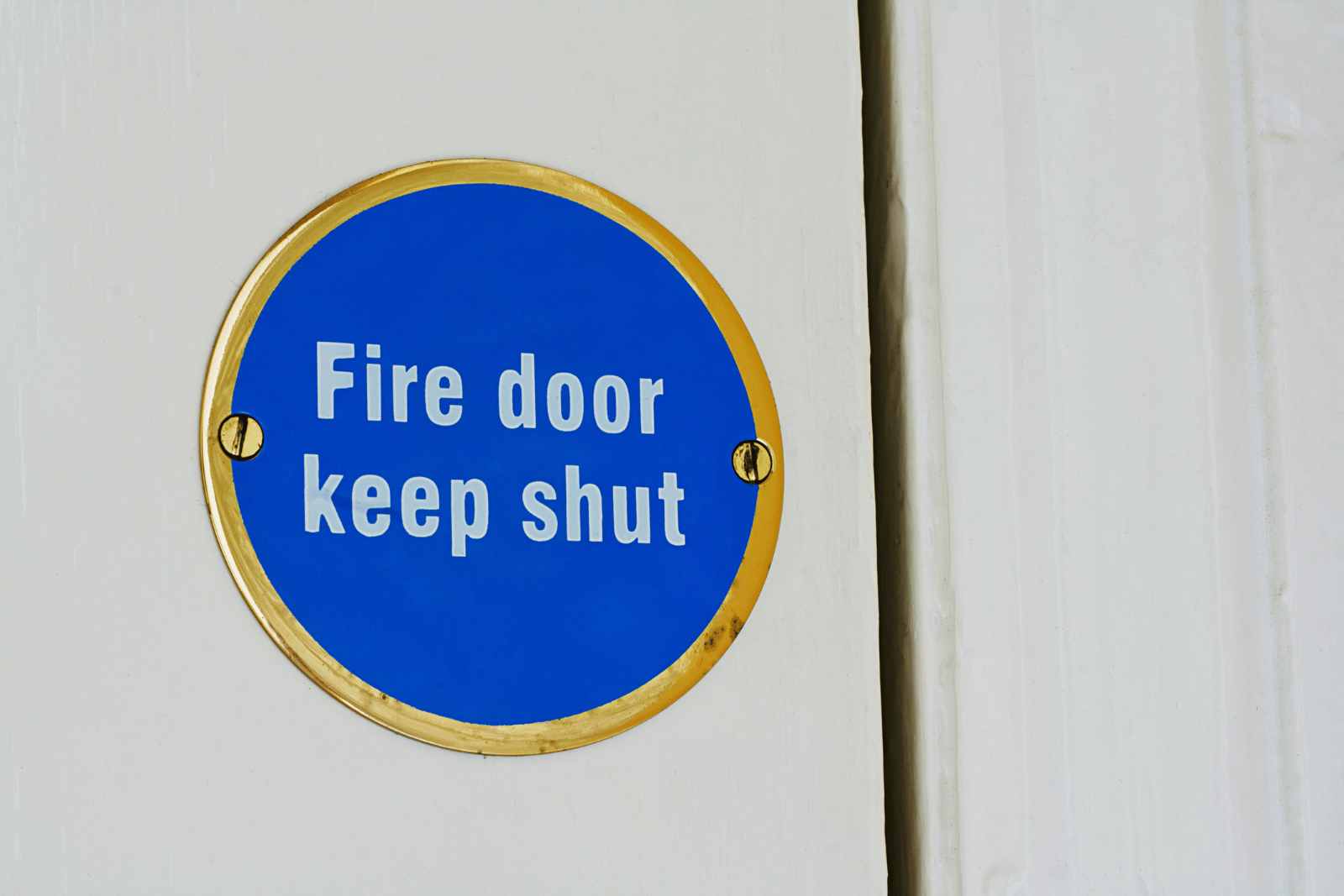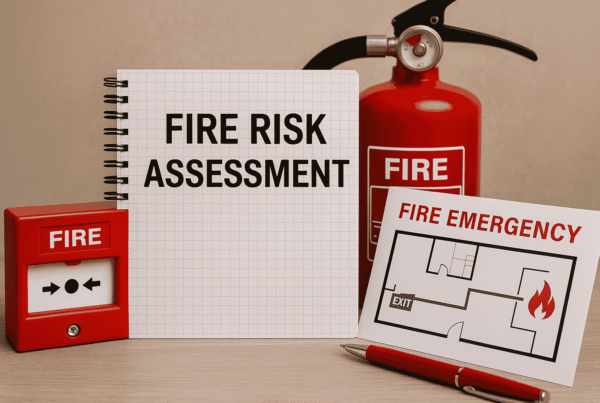Fire doors are critical components of fire safety systems in buildings, tasked with preventing the spread of fire and smoke to protect lives and property. In the United Kingdom, where stringent fire safety laws govern building standards, understanding the various types of fire doors and their inspection requirements is paramount for compliance and effective risk mitigation.
Solid Core Timber Fire Doors:
These doors are prevalent in both commercial and residential buildings for their robustness and fire resistance. Inspections for solid core timber fire doors entail thorough checks for any signs of damage, ensuring the integrity of the door’s construction, and verifying the functionality of essential hardware components such as hinges, locks, and seals.
Steel Fire Doors:
Known for their exceptional durability and fire resistance, steel fire doors find applications in industrial environments and areas requiring heightened security. Inspections for steel fire doors involve examining the door’s surface for corrosion or damage, inspecting hinges and closures for proper operation, and ensuring the integrity of seals.
Glazed Fire Doors:
Glazed fire doors incorporate fire-resistant glass panels and are commonly installed in areas where visibility and aesthetics are important, such as corridors and communal spaces. Inspections for glazed fire doors focus on evaluating the integrity of the glass panels, ensuring that the glazing material meets fire safety standards, and checking the condition of surrounding frames and seals.
Composite Fire Doors:
These doors combine various materials, such as timber, steel, and fire-resistant core materials, to provide enhanced fire resistance and structural integrity. Inspections for composite fire doors involve assessing the condition of all components, including the core material, surface layers, and hardware, to ensure continued effectiveness in containing fire and smoke.
Special Purpose Fire Doors:
Tailored for specific applications like soundproofing or radiation shielding, special purpose fire doors undergo specialised inspections based on their intended use and construction materials.
In the UK, fire door inspections must be conducted by competent individuals knowledgeable about fire safety regulations and standards. Regular inspections are integral components of comprehensive fire safety management plans, with detailed records maintained to demonstrate compliance with legal requirements and ensure the ongoing effectiveness of fire doors.
Conclusion:
In conclusion, understanding the different types of fire doors and their inspection requirements is crucial for ensuring fire safety and compliance with UK laws and regulations. By conducting thorough inspections and promptly addressing any issues identified, building owners and managers can effectively mitigate the risk of fire-related incidents and protect lives and property.




